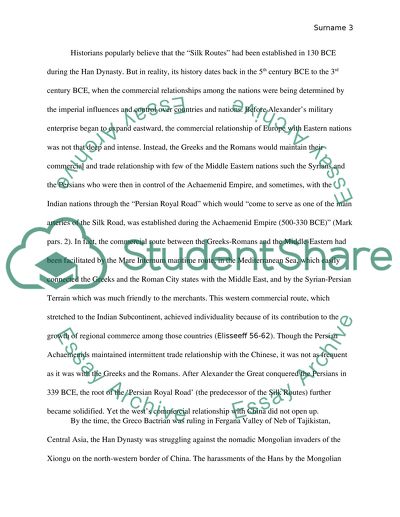Cite this document
(“Silk Road Essay Example | Topics and Well Written Essays - 2500 words”, n.d.)
Silk Road Essay Example | Topics and Well Written Essays - 2500 words. Retrieved from https://studentshare.org/geography/1490380-silk-road
Silk Road Essay Example | Topics and Well Written Essays - 2500 words. Retrieved from https://studentshare.org/geography/1490380-silk-road
(Silk Road Essay Example | Topics and Well Written Essays - 2500 Words)
Silk Road Essay Example | Topics and Well Written Essays - 2500 Words. https://studentshare.org/geography/1490380-silk-road.
Silk Road Essay Example | Topics and Well Written Essays - 2500 Words. https://studentshare.org/geography/1490380-silk-road.
“Silk Road Essay Example | Topics and Well Written Essays - 2500 Words”, n.d. https://studentshare.org/geography/1490380-silk-road.


